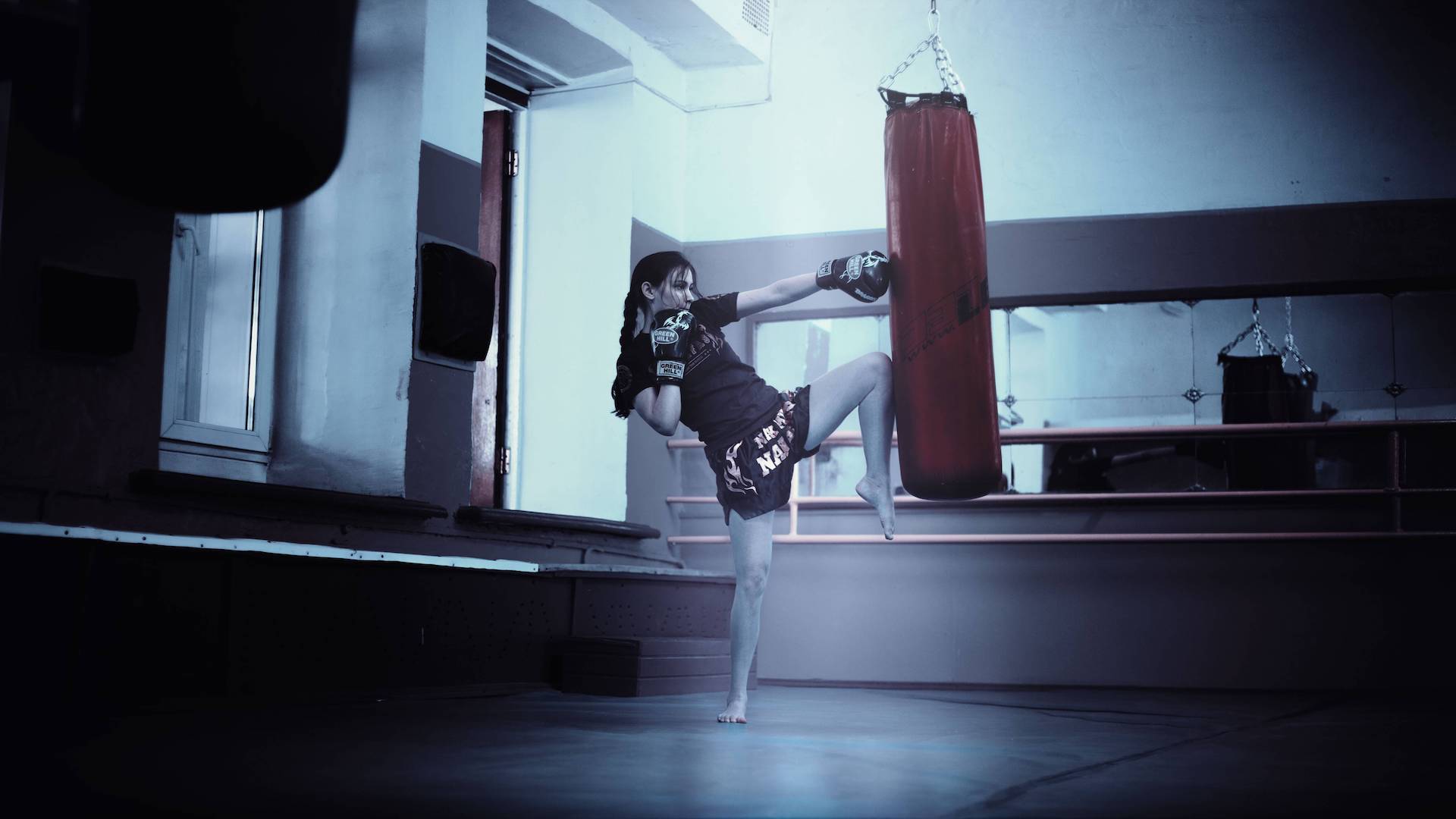Hitting a bucket of balls at the driving range is a great way to practice your swing, but have you ever wondered how many calories you burn while doing it? While it might not feel like a strenuous workout, the repetitive motion of swinging a golf club does expend energy. This page explains the factors involved and provides a calculator to estimate your calorie burn.
Foam Rolling Calories Calculator
Estimate calories burned during foam rolling:
How Driving Range Practice Burns Calories
Swinging a golf club engages multiple muscle groups, including your core, arms, shoulders, back, and legs. The physical effort required for each swing, combined with the repetition over a practice session, contributes to calorie expenditure. Key factors influencing the burn include:
- Intensity & Frequency of Swings: Hitting balls more frequently and with more power requires more energy.
- Duration: The longer you practice, the more calories you burn.
- Body Weight: Individuals with higher body weight generally burn more calories performing the same activity.
- Setup & Movement: Walking to retrieve balls (if applicable), setting up for each shot, and the swing itself all contribute.
How the Calculator Works
This calculator uses the concept of Metabolic Equivalents (METs) to estimate calorie burn. 1 MET is the energy used at rest.
- The Compendium of Physical Activities assigns a MET value of 3.0 to “golf, miniature, driving range”. This value represents the average intensity of the activity.
- The calculator uses this MET value along with your entered body weight and practice duration.
- The formula used is a standard one:
Calories Burned = (MET value * Body Weight in kg * 3.5 / 200) * Duration in minutes
Using the Calculator
- Enter your current Body Weight (select lbs or kg).
- Enter the Duration of your driving range session (in minutes).
- Click Calculate to see your estimated calorie burn.
FAQs
1. How many calories do you actually burn at the driving range?
The number of calories burned varies depending on several factors, but estimates generally range from
130 to 300+ calories per hour. A person weighing around 150 lbs might burn approximately 130–200 calories in an hour, while someone weighing 200 lbs might burn closer to 180–250 calories in the same timeframe. The intensity and frequency of your swings significantly impact this.
2. What factors affect calorie burn at the driving range?
Several key factors influence how many calories you expend:
- Body Weight: Heavier individuals require more energy to move, thus burning more calories.
- Duration: The longer your practice session, the more total calories you will burn.
- Intensity & Pace: Swinging more frequently, taking fewer breaks, and putting more power into your swings increases energy demand.
- Swing Mechanics: A full, dynamic golf swing engages more muscles than partial or less efficient movements.
- Other Movements: Any walking (e.g., to retrieve balls, if applicable) or additional setup movements contribute to the overall burn.
3. How is calorie burn calculated for the driving range?
Estimates typically use the concept of Metabolic Equivalent of Task (MET).
- The Compendium of Physical Activities assigns a MET value of 3.0 to “golf, miniature, driving range”. This represents the average energy cost compared to resting (1 MET).
- This MET value, along with your body weight (in kilograms) and the duration of your session (in minutes), is used in a standard formula, such as:
Calories Burned = (MET value * Body Weight in kg * 3.5 / 200) * Duration in minutes
4. Is practicing at the driving range considered good exercise?
It qualifies as light-to-moderate physical activity. It engages various muscle groups and burns more calories than being sedentary. However, it’s generally less intense than dedicated cardiovascular workouts like running, swimming, or cycling. It’s a valuable part of an active lifestyle but may not be sufficient as your sole form of exercise.
5. How does driving range practice compare to playing a full round of golf?
Playing a full round of golf, especially if you walk the course, burns significantly more calories.
Walking several miles over 3–5 hours, often carrying or pulling clubs, results in a much higher total energy expenditure (potentially 350–475+ calories per hour or over 1000 calories for 18 holes) compared to a typical driving range session.
6. Can I lose weight just by going to the driving range?
While driving range practice contributes to your daily calorie burn, it’s unlikely to cause significant
weight loss on its own. Effective weight loss typically requires a consistent calorie deficit achieved through a combination of dietary changes and a varied exercise routine that includes moderate-to-vigorous activity. Think of driving range calories as a bonus contribution.
7. How accurate are driving range calorie calculators?
Calculators provide estimates, not exact measurements. The actual number of calories you burn can differ based on your individual metabolism, body composition, the precise intensity of your session, your swing efficiency, and other factors that simple calculators cannot fully account for. Use them as a helpful guideline.







